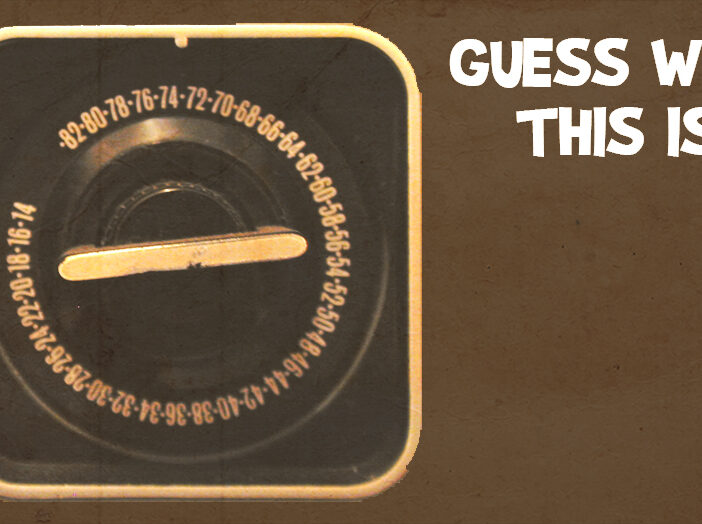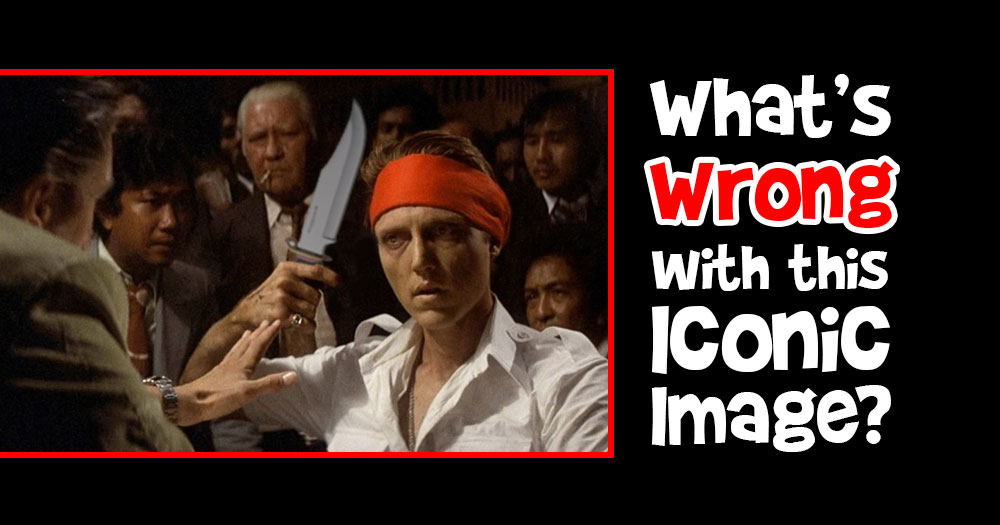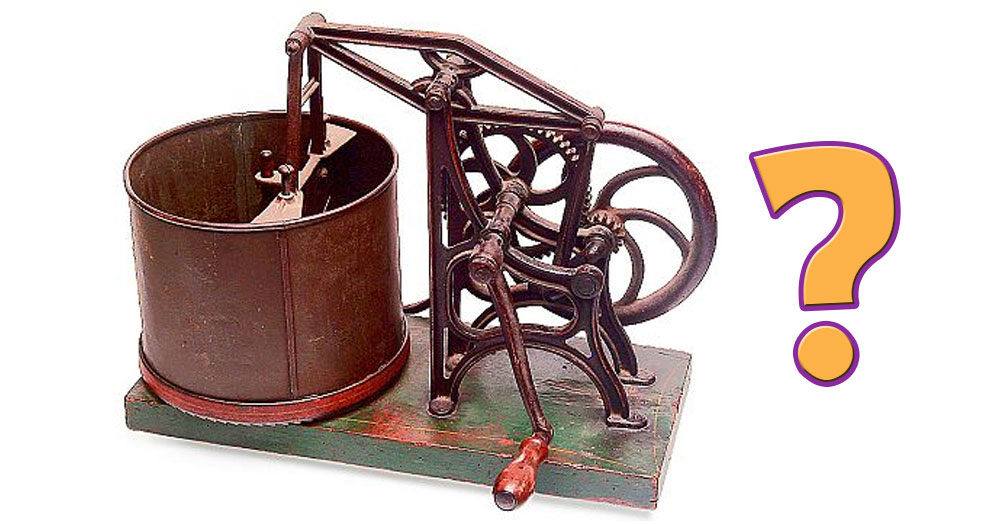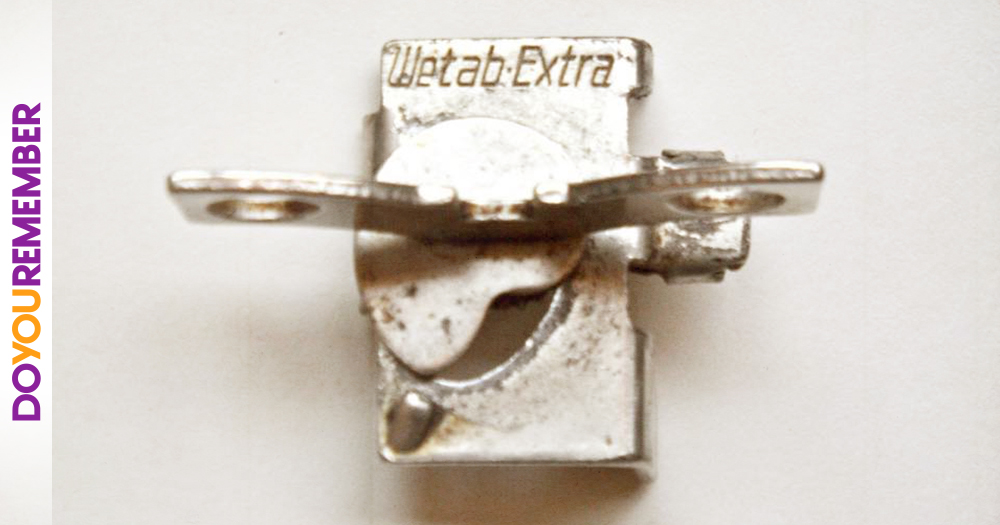
It’s a Vintage UFH Television Dial
UHF television broadcasting is the use of ultra high frequency (UHF) radio for over-the-air transmission of television signals. UHF frequencies are used for both analog and digital television broadcasts.
UHF channels are typically given higher channel numbers, like the US arrangement with VHF channels 2 to 13, and UHF channels numbered 14 to 83. UHF broadcasting became possible due to the introduction of new high-frequency vacuum tubes developed by Philips immediately prior to the opening of World War II. These were used in experimental television receivers in the UK in the 1930s, and became widely used during the war as radar receivers. Early receivers were generally less efficient at UHF band reception, and the signals are also subject to more environmental interference.
Additionally, the signals are less susceptible to diffraction effects, which can improve reception at long range. UHF generally had less clear signals, and for some markets, became the home of smaller broadcasters who were not willing to bid on the more coveted VHF allocations.
Credit: wikipedia.com




